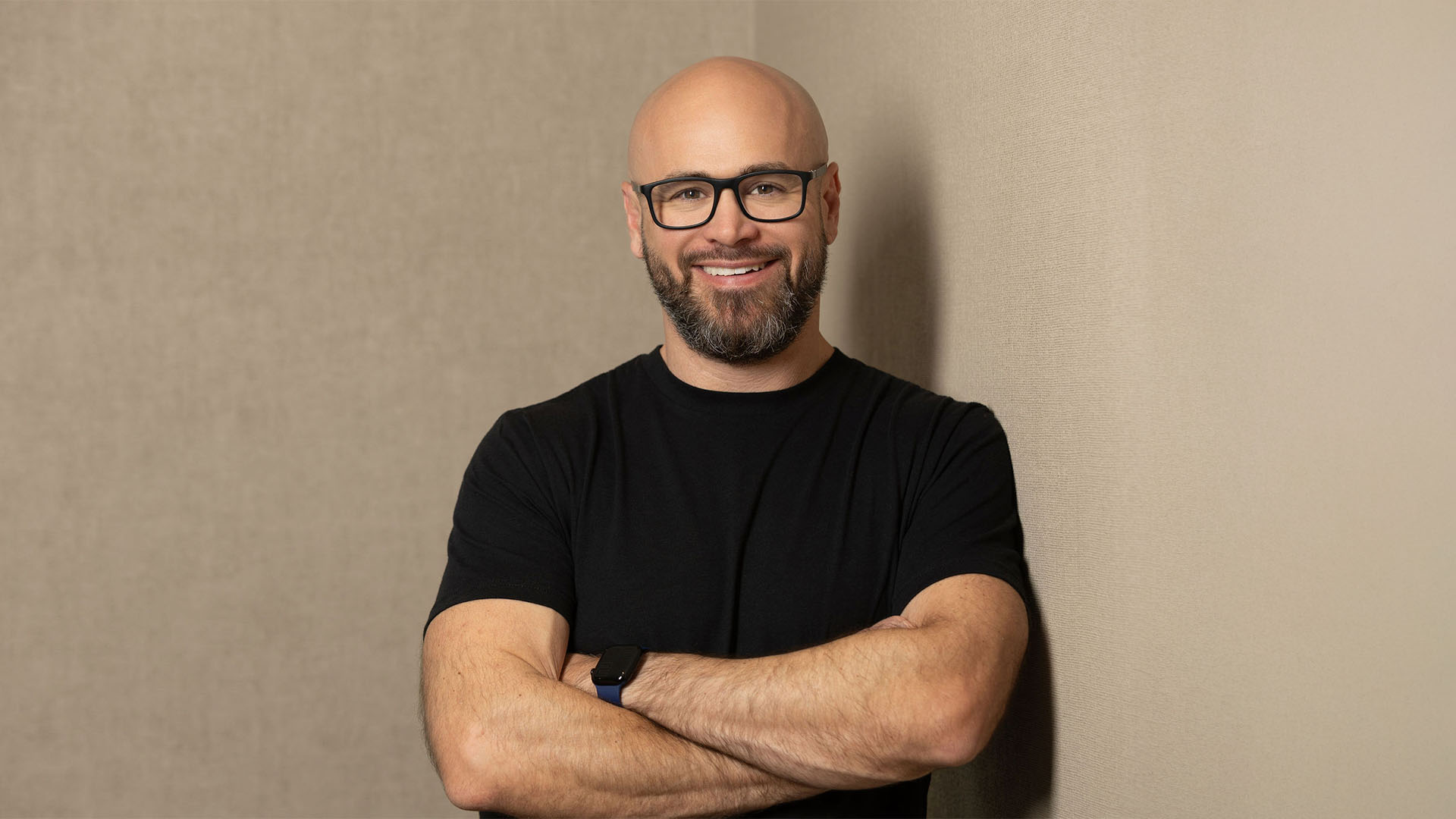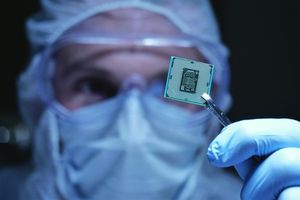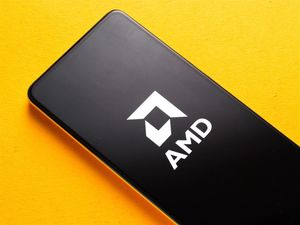VENICE, FL / ACCESS Newswire / August 4, 2025 / Cloud computing powers everything from social media feeds to advanced AI tools. But as companies scale up their cloud infrastructure, their costs are spiraling and many don't know why. Veteran tech leader Todd Smith sees the problem in the metrics. Businesses are measuring the wrong thing. They're tracking how busy their systems are, rather than how efficient they are. And that misunderstanding is costing them, in both dollars and performance.

Todd Smith and his co-founders have spent their careers building the backbone of the high-performance compute data centers. From early-stage stints at Facebook and Snapchat, R&D at IBM, leading architecture at Google and Disney, to executive leadership at Docker, Smith and his team know what it takes to scale cloud infrastructure. Today, as co-founder and CEO of TAHO, Smith is making the case that nearly everyone in the cloud industry is focused on the wrong performance metric. "Utilization just tells you the hardware is busy," Smith says. "It doesn't tell you whether that work is efficient, meaningful, or just wasted time." Measuring utilization may help reduce idle time, but it doesn't capture what actually matters.
Why Utilization Is a Flawed Metric
Most organizations still believe that higher utilization equates to better efficiency. But this assumption masks a major flaw. "Utilization is a vanity metric if it ignores waste," he says. "A GPU running at 100 percent utilization might still be lost in overhead, inefficient computation, or just setup time."
GPUs, or graphics processing units, are powerful chips originally designed to render video games. Today, they're critical to running large-scale AI and data workloads in the cloud. But even when a GPU looks fully utilized, it may still be performing inefficient or unnecessary tasks that drive up costs without delivering meaningful results. That's because utilization measures how busy the hardware is, not how effective the busyness is. It reflects effort, not the quality of that effort. "Don't get fooled by tooling that helps to remove idle time without addressing how the work gets done," he says. "You're just replacing inactivity with low-value work, at a high cost."
The Case for Measuring Computational Efficiency
This distinction between activity and efficiency is what led Smith and his team to build TAHO, a new infrastructure software with a built-in compute efficiency layer that manages hardware to optimize how workloads are executed. The company's technology focuses on eliminating invisible costs, from time and compute cycles lost to middleware bloat and orchestration overhead.
To demonstrate the difference, Smith's team ran a benchmark using an 8-billion parameter language model on a standard AWS T4 GPU. First, they used PyTorch, a widely used software framework for building and running AI models. The cold start took 37 seconds. The first inference took 24 seconds. Then they swapped out PyTorch for TAHO. "Same GPU, same model, same parameters," Smith says. "With TAHO, the cold start dropped to 8 microseconds. Inference went from 24 seconds to 800 milliseconds."
The performance gain wasn't due to a change in hardware or AI model. It came entirely from replacing the infrastructure software layer.
"You don't pay for busy GPUs. You pay for results," says Smith. "And when your software is built for efficiency, not just compatibility, those results come a lot faster and a lot cheaper."
Breaking Away from Traditional Tools
Smith and his team have proven that much of the inefficiency in cloud infrastructure today stems from legacy tooling and container orchestration frameworks like Kubernetes and job schedulers like Slurm. While these platforms standardize deployment across environments, they often introduce significant overhead. "Cloud providers like AWS, GCP, Azure, and Oracle each have their own optimized version of Kubernetes, but none of them are designed for efficiency," he says. "They're built for flexibility and control, not speed. And that's interesting, because their pricing models charge customers based on time."
This is a lesson Smith and his co-founders learned through experience. TAHO's CTO, Michal Ashby, previously held architecture roles at Meta, Snapchat, Google, and then ESPN Disney, where he led an AI infrastructure team. The company's CXO, Justin Gelinas, is a Silicon Valley post-exit founder who spent nearly a decade delivering infrastructure solutions for high-performance computing. Smith himself brings deep experience from leading roles in infrastructure during the hyper-growth years at Facebook and Snapchat. "We've been inside the belly of the beast," he says. "We've seen how traditional tools slow teams down, burn through budgets, and leave a lot of performance on the table."
The Real Cloud Advantage: Less Waste, Not More Work
As infrastructure costs climb and performance demands intensify, measuring the right things could be the difference between surviving and scaling. "Many cloud cost optimization tools just try to fill idle time," Smith says. "But if the work itself is still inefficient, you're not gaining anything." Instead, he urges businesses to rethink what metrics they prioritize. Efficiency should be measured by the quality and speed of work completed, not by how hard the system appears to be working. "Reducing waste is the name of the game," he says. "It's not just about faster computing. It's about leaner billing and smarter operations. TAHO solves that."
To connect with Todd Smith, visit his LinkedIn.
Media Contact
Name: Todd Smith
City: Venice, FL
Email: todd@taho.is
https://toddgregorysmith.com/
SOURCE: Todd Smith
View the original press release on ACCESS Newswire





